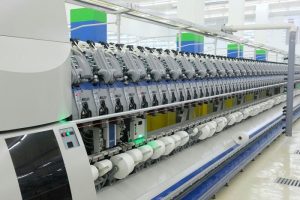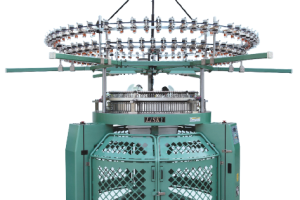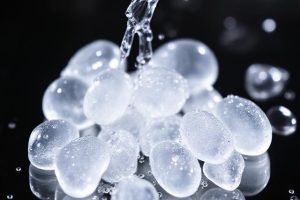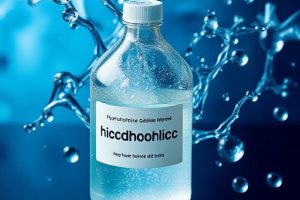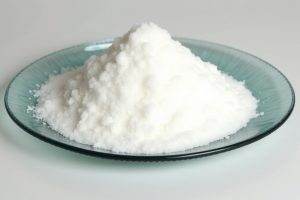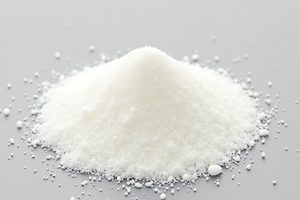The present invention relates to improved formulations and applications of hydrochloric acid (HCl), a highly corrosive, strong mineral acid widely used in industrial, laboratory, and commercial processes. Hydrochloric acid is essential in pH control, metal processing, chemical synthesis, and cleaning operations.
Hydrochloride Acid
Abstract
However, challenges related to corrosion, fume control, and environmental impact necessitate safer handling and optimized delivery systems. This invention provides enhanced hydrochloric acid solutions with improved stability, reduced vapor emissions, and corrosion inhibitors, making them safer and more effective across diverse applications.
BACKGROUND OF THE INVENTION
Hydrochloric acid is a clear, colorless to slightly yellow aqueous solution of hydrogen chloride gas, with a pungent odor and strong acidic properties. As one of the most important inorganic acids, HCl is used extensively in industry, manufacturing, and scientific research. Commercial hydrochloric acid typically ranges in concentration from 10% to 38%, with higher concentrations being more corrosive and volatile.
Despite its utility, hydrochloric acid poses several significant challenges:
-
High corrosivity, leading to rapid deterioration of storage tanks, pipelines, and processing equipment if not properly protected.
-
Fume generation, especially in higher concentrations, which can cause respiratory irritation and environmental harm.
-
Handling and safety risks, including chemical burns, toxic gas release, and incompatibility with many organic substances and metals (e.g., when releasing hydrogen gas).
Current industrial practices rely on ventilation, dilution, and protective coatings to manage these hazards, but these are often costly and inefficient. There is a need for improved hydrochloric acid formulations and containment technologies that reduce environmental exposure, increase worker safety, and prolong equipment lifespan.
Hydrochloric Acid
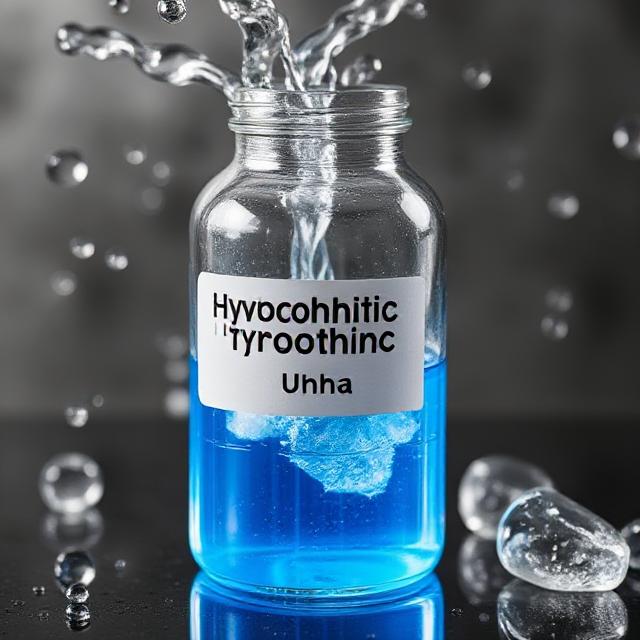
Hydrochloric acid is used in a wide variety of sectors due to its powerful acidic properties and solubility in water. Major applications include:
- Chemical Manufacturing
- Metal Processing and Pickling
- Oil and Gas Industry
- Water Treatment
- Food Processing (under strict controls)
- Construction and Cleaning
- Pharmaceutical Industry
- Laboratory Applications
- Textile and Leather Industry
- Household Products (in diluted form)
Hydrochloric acid remains a vital industrial chemical due to its effectiveness, affordability, and versatility. The invention improves its handling and performance while mitigating safety and environmental risks.

